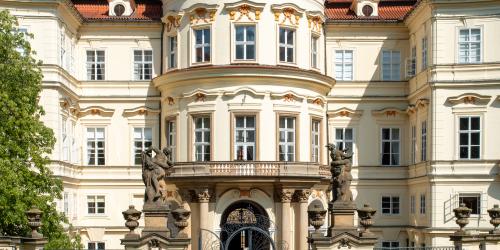
10 days - 10 countries. Stage 25: German Embassy in Prague
10 days - 10 countries.
A journey through Eastern Europe
Stage 25: German Embassy in Prague
In 1989, the Iron Curtain got more and more holes, and people who felt oppressed under state socialism became more and more daring.
The embassies of the Federal Republic of Germany in Prague, Warsaw, Budapest or even East Berlin had become a place for many fugitives in the 1980s. Here, people hoped - always successfully - for refuge and the possibility of leaving for the FRG. In August 1989, more and more people flocked to the grounds of the embassy in Prague, which quickly reached its capacity limits. At its peak in the fall, some 4,000 people camped here on the lawn in front of the building under sometimes catastrophic conditions. Countless abandoned vehicles with East German license plates were parked in the streets around the embassy.
Hans-Dietrich Genscher - who had only recently been released from hospital after recovering - negotiated the departure of the refugees with Eduard Shevardnadze, Oskar Fischer and Jaromír Johanes on the fringes of the UN General Assembly in New York. On September 30, he landed in Prague, denied journalists any information and spoke the famous words, drowned in the cheers of the people, from the balcony directly to the refugees.
After the people were allowed to leave in sealed-off trains and under the protection of West German diplomats via Dresden and Karl-Marx-Stadt to Hof, thousands of GDR citizens again fled to the embassy compound. They, too, were allowed to leave. At 9 p.m. on November 3, the Czech Republic opened its borders completely. The Iron Curtain opened.
We are welcomed at the German Embassy in Prague by Martin Sielmann, the head of press and public relations. He leads us through the grounds and tells us what happened here in the summer of 1989. He himself was already employed at the Foreign Office - in Bonn at the time - and witnessed the collapse of state socialism as a diplomat. The pictures of the camped refugees in the park of the embassy remind us of our previous stops, for example in Sopron, but also at the border fence at the Slovenian border and also of current pictures from refugee camps. More and more people around the world are fleeing poverty, oppression and persecution. In a Future Center for German Unity and European Transformation in Jena, people could talk about flight and migration - then and now - and share common experiences.
Text: Tobias Schwessinger
Photos: Christian Faludi
On the background of the trip:
https://rathaus.jena.de/de/von-jena-aus-10-laender-10-tagen
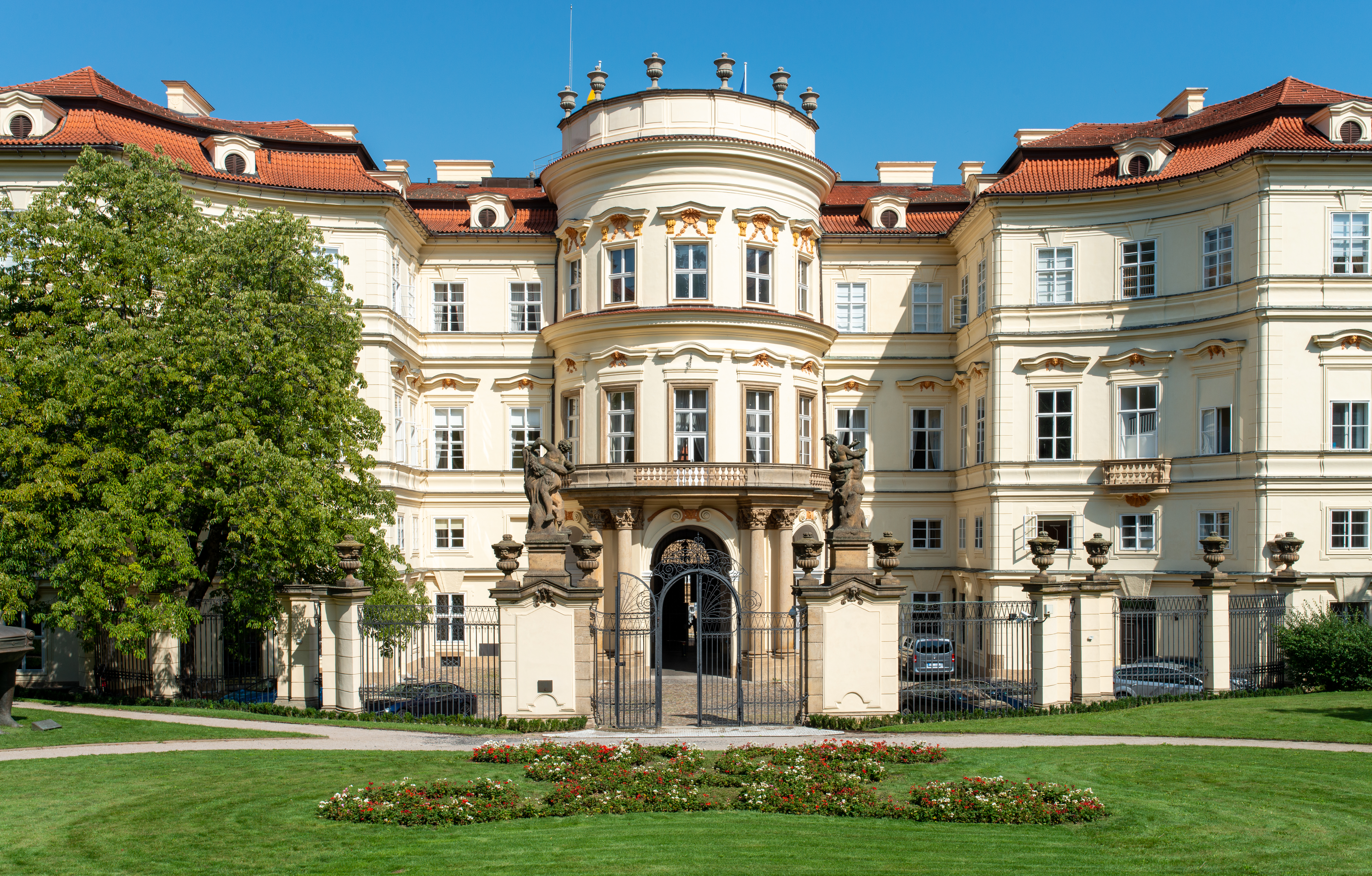
Auf dem Balkon der Deutschen Botschaft in Prag
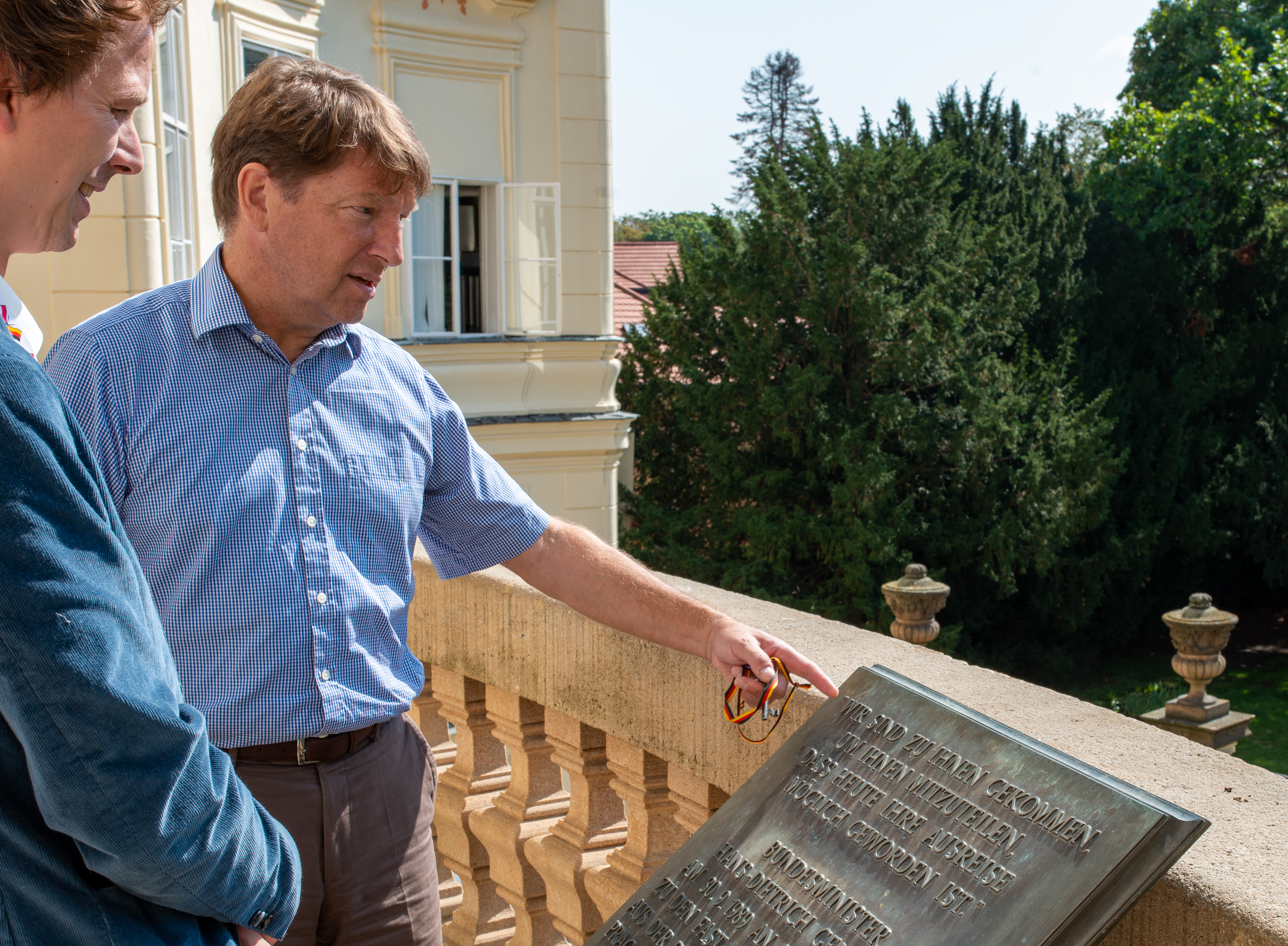
Auf dem Balkon der Deutschen Botschaft in Prag
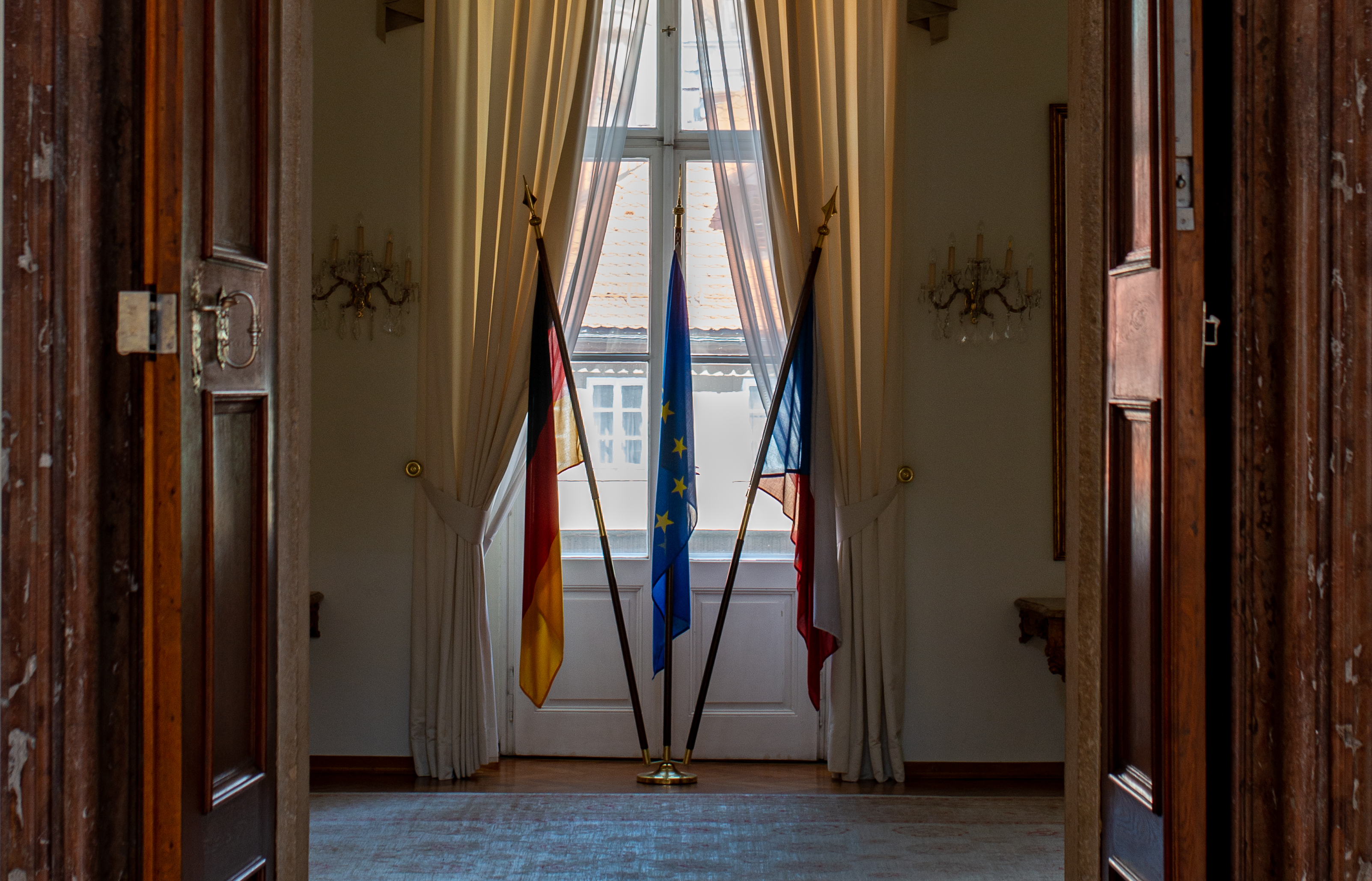
Flaggen in der Deutschen Botschaft in Prag
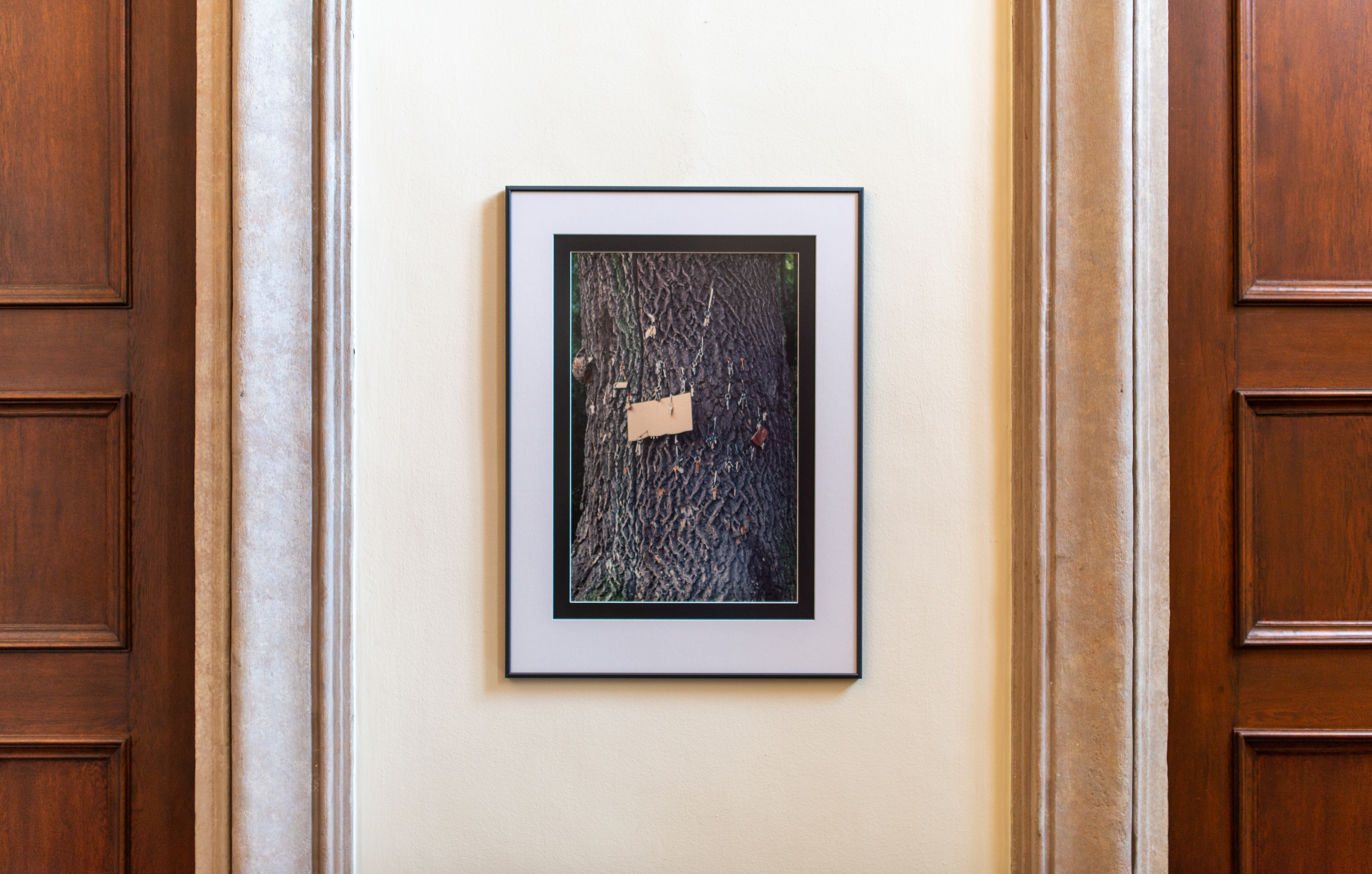
Fotografie der in Prag zurückgebliebenen Auto- und Wohnungsschlüssel der Geflüchteten
